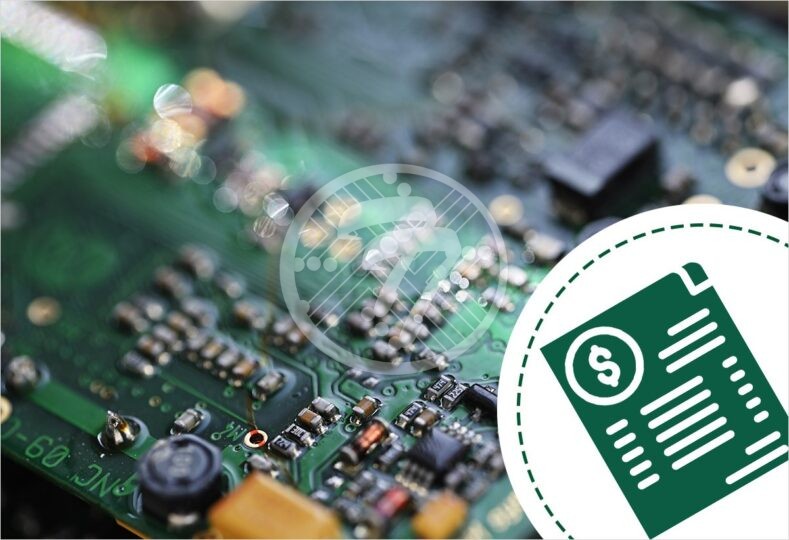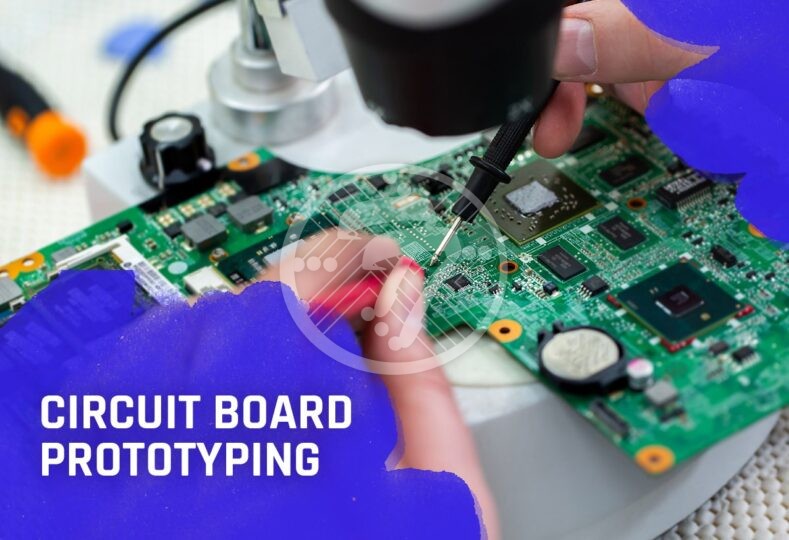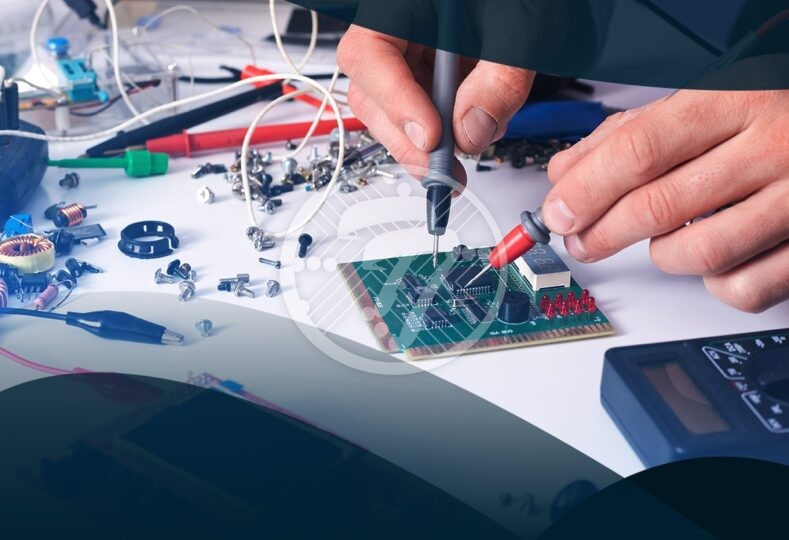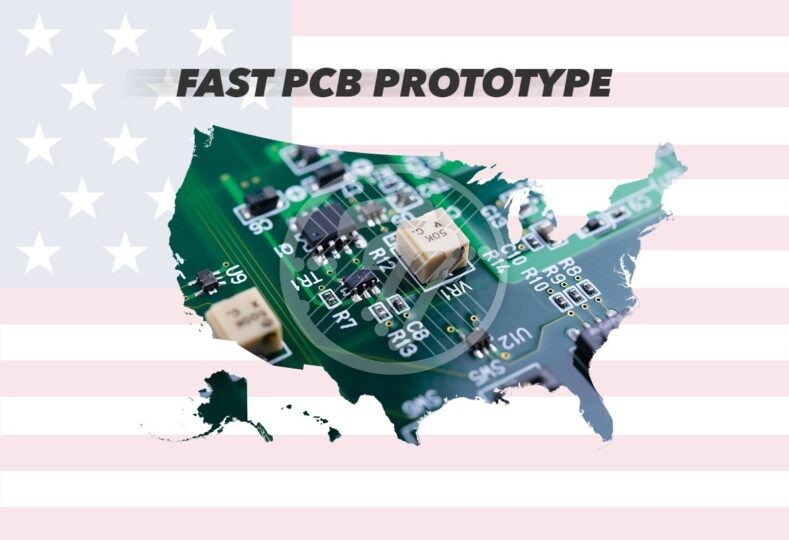The Complete Guide on understanding the PCB Prototype Quote Process

Quoting is a very crucial part at the time of dealing with the client and manufacturer. But a typical PCB Prototype Quoting process is not as easy as pie.
Many factors have to be considered from both the manufacturer and client’s side before the quoting, which is both hazardous and time-consuming. But don’t be worry; because we will highlight a complete guide for the Typical PCB Prototype Quote Process to help you get the accurate quote. This article offers tips to help you enable your CM to process your PCB prototype quote efficiently.
Phases of the PCB Prototype Quote Process:
A typical PCB Prototype Quote Process is more or less the combination of three phases. Those are-
Design Generation:
After getting data from the client, the manufacturer will start the design of the prototype first. It’s not like they directly start the fabrication; first, they draw a draft of the design they have in their head. And after the draft design gets approved by the client, the main design process is started.
For getting the best design from your manufacturer, you need to give detailed data about your desired project. Always communicate directly with the partner CM (Contract Manufacturer) to discuss your problem and suggestion with them.
Design Evaluation:
When the circuit board design is complete, the next step is testing the design. Checking is very vital to know the quality of the design. The various methods, including the X-rays method, AVI, etc. are used for testing purposes.
If anything gets wrong in the newly created circuit boards against your desired project, you can tell the manufacturer to replace it at this stage. Tracing the error and replacing them is the main aim of this phase.
Quote Generation:
The cost majorly depends on the created design, the number of testing and editing. After all the discussion and negotiations about the expense, the final Quote is successfully generated. It is not a straight-forward process; after lots of back and forth, the final quote has been addressed. In the final quote, all types of errors in the prototype are also corrected.
The Criteria for the Selection of High-Quality PCB Prototype Service:
A good quoting process varies from client to client and manufacturer to manufacturer, but some criteria must be there, in a high-quality printed circuit board prototyping and quoting process, like-
Background of Manufacturer:
Not every manufacturer is eligible for every project. Every specific project needs a different type of printed circuit board prototypes designed by a distinct type of PCB prototype manufacturer company. That’s why a complete background check of the company is very crucial before dealing with them.
While checking, focus on the points like the type of prototype circuit boards they produce, their quality, customer support, reviews from the previous customers, authenticity, etc. A background check also saves you from fraud.
Communication:
Communication is something that is the key part of every successful quote. From the starting point of the deal to getting the finalized product, open communication is very important in every step of producing a good.
The information you give in each statement of the message is the data you give for the design. Communication gap leads to errors in getting your desired project.
Besides that, when you communicate with the manufacturer more often, your knowledge about your project becomes clearer.
Documentation:
Documents from both parties are very necessary for the small or big deals that include proof you have for each action you take with the manufacturer.
In the documentation, you can add everything from dealing date to delivery date, the terms & conditions of the projects, the expenses, the materials used, etc.
Components Selection:
Components which are used in the design have to be good in quality. Based on the excellence of the material, the circuit board’s success will be depended. Take information from the manufacturer about the components used, and check their quality and characteristics in detail.
Also, grab the information of the inventory of the design. You can compare the market value and the project value by knowing the inventory.
Cost Details:
Like every type of dealing process, you can negotiate the cost to get the best quote in minimum value. You can request the quote according to the quality of the product.
Mark in detail about the Bill of Material, every expenditure, calculate expected expanse to be easy to manage cost.
Also checkout: PCB Prototype Cost
Evaluation:
Evaluation and reviewing of the final circuit board have to be done for testing purposes. By evaluation, you can be aware of the circuit board meets your expectation or not.
Conclusion:
Quoting is a back-and-forth process that goes through a series of discussions and negotiations. When only your opinion aligns with the circuit board manufacturer’s opinion, then the perfect quoting happens.
If you follow the above-discussed process thoroughly during the PCB prototype quotation, we believe you can get the deal. So, try to apply those points and make your desired circuit board prototypes.
TechnoTronix facilitates the best PCB Prototyping with no fuss, simple and fast prototyping with a unique way of using advanced techniques like automated layout analysis, algorithms & custom technical specimens depending on the Gerber file and BOM (Bill of Materials) required for a particular prototype. We assure you to deliver high-quality circuit boards by providing custom prototyping services with the multilayered quick-turn prototype, chips, testing, and others. Our focus is to fulfill every requirement of multichannel industries like defense, IT, Aerospace, Electronics, Medical, Telecommunication & many more.









